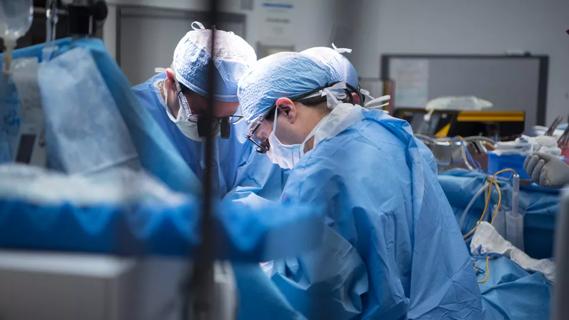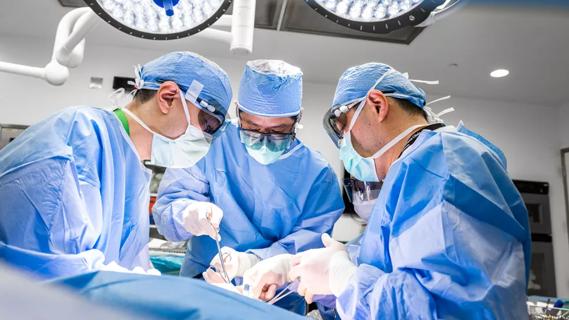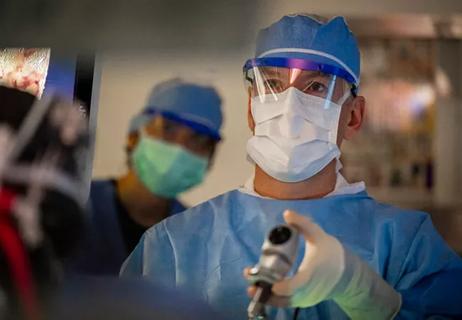Machine preserves donor livers up to 86 hours
Transporting organs between donors and recipients hasn’t changed much in 40 years. Packing the organ into an ice chest is still standard procedure. But too many times, iced organs — which are cut off from oxygen, nutrients and medication — never fully regain viability. In 2015, more than 2,000 procured livers were deemed marginal or unusable while patients on waiting lists died.
Advertisement
Cleveland Clinic is a non-profit academic medical center. Advertising on our site helps support our mission. We do not endorse non-Cleveland Clinic products or services. Policy
In 2016, Cleveland Clinic liver transplant surgeon Cristiano Quintini, MD, introduced a new way to protect and transport these organs. His ex vivo organ perfusion device is essentially a miniature cardiopulmonary bypass machine. It maintains temperature and oxygenation and can supply nutrients and medication to revive the organ while in transit.
The machine also can assess the function of a donor organ and predict its viability before it’s transplanted. According to Dr. Quintini, having an objective way to assess organs will allow more of them — possibly 60 to 70 percent of donor livers previously considered marginal or unusable — to be accepted for transplant.
“Ex vivo organ perfusion is certainly a game changer. We’re going from a very old technology for preserving organs, which is ice. With the current organ preservation modality, we can only preserve a liver for six to eight hours,” Dr. Quintini says. “After that, the damage that the organ receives is exponential. With ex vivo organ preservation, you can actually keep a liver alive and functional for up to 86 hours.”
This new technology may enable organ sharing across continents, and possibly better matches, he adds. In 2016, Cleveland Clinic became the first hospital in the United States to transplant a human liver using ex vivo liver perfusion.
“This new technology allows us to be extremely more aggressive in pursuit of every single organ that is offered,” he says.
Advertisement
Advertisement

Strong patient communication can help clinicians choose the best treatment option

ctDNA should be incorporated into care to help stratify risk pre-operatively and for post-operative surveillance

The importance of raising awareness and taking steps to mitigate these occurrences

New research indicates feasibility and helps identify which patients could benefit

Treating a patient after a complicated hernia repair led to surgical complications and chronic pain

Standardized and collaborative care improves liver transplantations

Fewer incisions and more control for surgeons

Caregiver collaboration and patient education remain critical